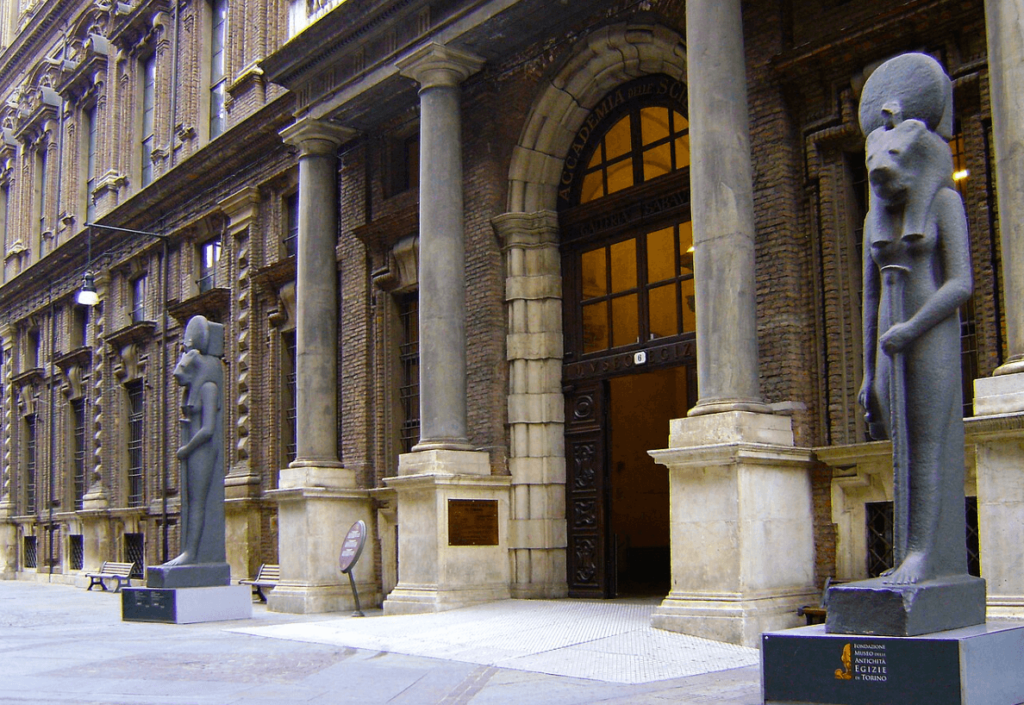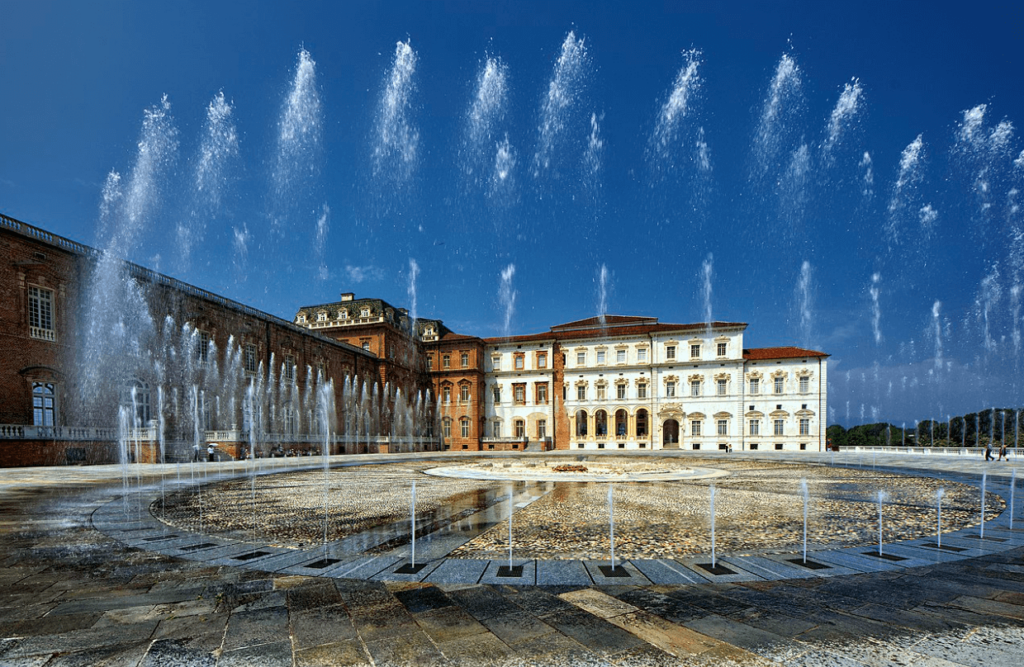There is a whiff of Paris in the elegant tree-lined boulevards of Turin and echoes of Vienna in its majestic art-nouveau cafes, but don’t be mistaken – this Alp-fringed and elegant city is absolutely self-possessed. A little while back some colleagues of mine that run an Edmonton photo booth company traveled to Italy and were able to check out Turin. They shared some pretty incredible “must sees” while visiting.
The industrious Turin gave the first saleable hard chocolate to the world and the most iconic car in Italy, the Fiat. Here are the top must-see attractions in Turin, Italy.
Museo Egizio
Opened in 1824, this Turin institution is home to the most important Egyptian treasures collection outside Cairo. Among its highlights are the Ramses II statue (one of the most important Egyptian art pieces in the world) and an extensive papyrus collection. Also, there are 500 domestic and funerary items from the royal architect Kha’s tomb dating to 1400 BC. Modern museological techniques – films about 20th-century digs, splicing in documentary photographs, dramatic lighting as well as an articulated chronological narrative – offers visitors an absorbing experience.

Castello di Rivoli
Some 21 kilometers west of Turin, this gallery is a giant of contemporary art in Piedmont. Its reach and ambition, along with healthy regional funding, has long been the envy of Rome, Venice, and Milan’s art worlds. The permanent collection here has several Arte Povera works, which are displayed beautifully in the historical setting, in addition to pieces from the Land Art, Body, Minimal, and Transavanguardia movements. This includes a magnificent video work selection from artists such as Vanessa Beecroft, Bill Viola, and Nam June Paik.
Regga di Venaria Reale
While it may not enjoy the massive publicity of its counterpart in France, this palace is one of the world’s largest royal residences. Regal, ostentatious, humongous, yet oddly underpublicized, this UNESCO-listed Regga di Venaria Reale was constructed in 1675 by Carlo Emanuele II, the Duke of Savoy as an ennobled hunting lodge. Among the jewels left by its past royal rulers are a glittering stag fountain, an extensive garden complex, a consumption style Grand Gallery, and Juvarra stables. On top of this are several temporary exhibitions, an adjacent medieval town, regular live concerts, as well as an on-site restaurant and café, now surrounded by Turin’s suburbs, that is full of cozy places to eat and drink.

Palazzo Reale
The mythical statues of twins Pollux and Castor guard this eye-catching palace entrance, and according to local belief, also watch over the border between the diabolical and sacred halves of this city. Built in 1646 for Carlo Emanuele II, its extravagantly adorned rooms complete with astonishing coffered ceilings is home to an assortment of porcelain, furnishings, as well as other finery. The Giardino Reale, east and north of the palace, was designed by Andre Le Notre in 1697.
